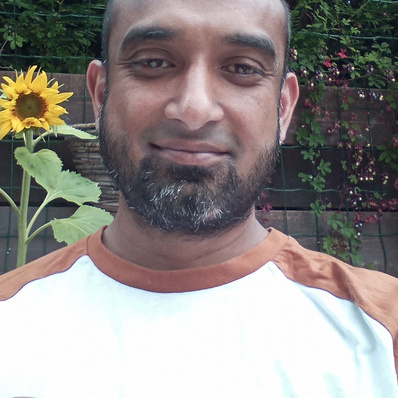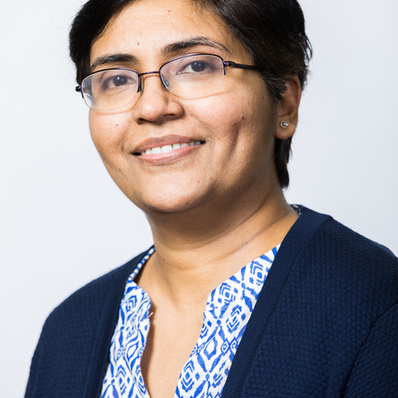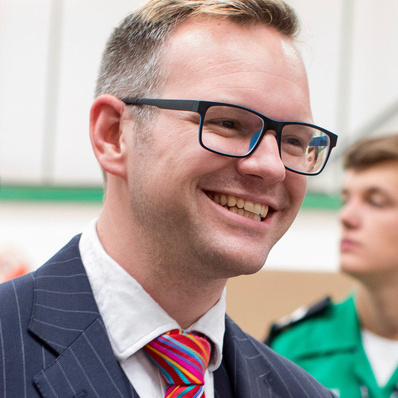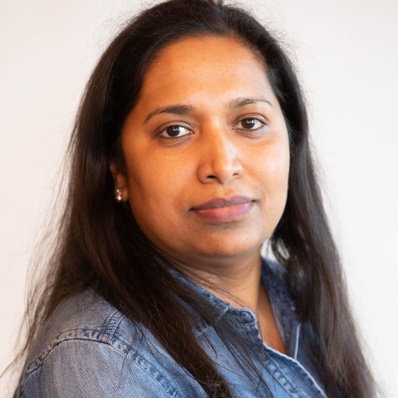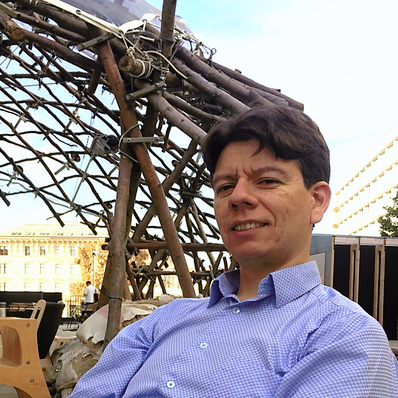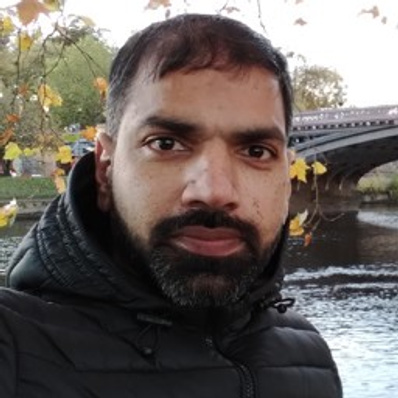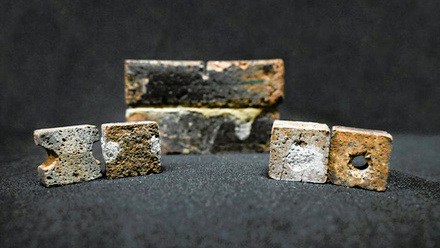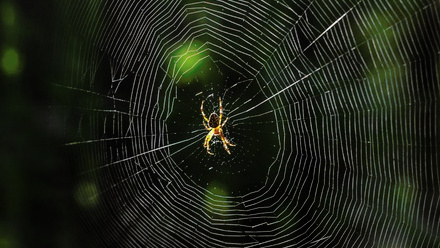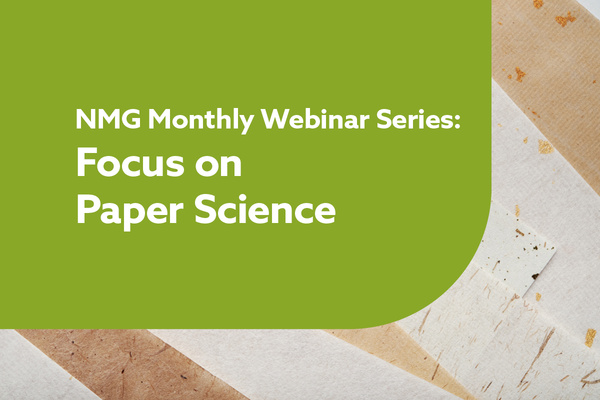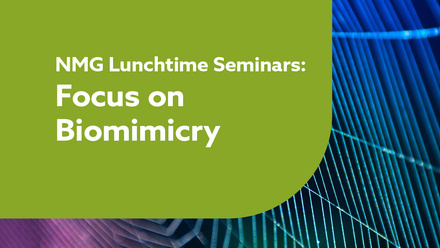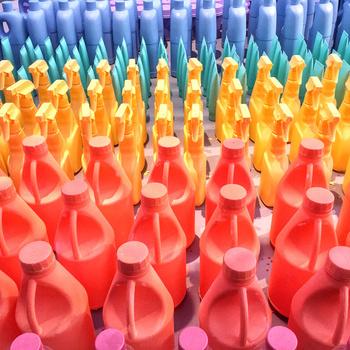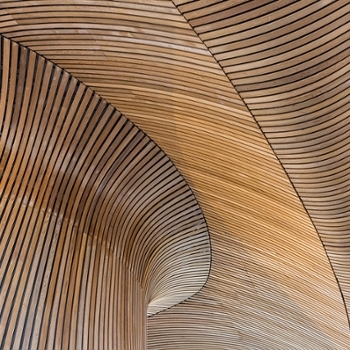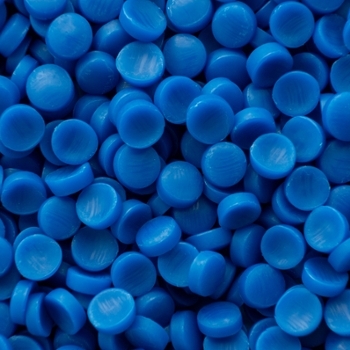Chair - IOM3 Natural Materials Group
Parvez Alam
is currently a Reader in Mechanical Engineering at The University of Edinburgh, UK. He is a Fellow of the Institute of Materials, Minerals and Mining, a Fellow of the Institution of Mechanical Engineers, a Fellow of the Royal Society of Biology, a Chartered Mechanical Engineer, Chair of the Natural Materials Group: a Technical Community of the Institute of Materials, Minerals and Mining, and an Adjunct Professor in the Faculty of Biology at Universitas Gadja Mada, Indonesia. He was awarded the 2012 Per Brahe Prize for his research in biomimetics, and became a Technology Academy of Finland Laureate for his work on coral-inspired crystal engineering in 2014, an award conferred by the Swedish Academy of Engineering Sciences in Finland.
Parvez earned his Doctorate from the University of Bath in 2004 under the supervision of Dr Martin Ansell FIMMM, where his research focussed on mechanically characterising timber reinforcing and repair systems using bonded-in fibre reinforced plastics. He then moved to the Department of Chemical Engineering at Abo Akademi University, Finland, where he worked with Professor Martti Toivakka in the areas of paper science, mass flow, micromechanics, paper coatings, and multiphysics modelling. In 2013, he was awarded the title of Docent(Habilitation) from Abo Akademi University in Finland and built a research group in Composite Materials and Biostructures. This new trajectory led to a wide range of new and interesting discoveries in the area of comparative biomechanics, examples of which include: the biomechanical and kinematic characterisation of the tree-climbing, water-hopping fish (Periophthalmus variabilis) with colleagues from Universitas Gadjah Mada in Indonesia, the discovery of a spider species (Nephilengys cruentata) in Kenya that spins the world’s toughest recorded egg sac silk, the role of microstructure in guiding the passive decorating strategies of the crab Tiarinia cornigera, and work into the biomechanics of sperm whale bone architectures with colleagues at the University of Cape Town in South Africa.
After moving to Scotland, he held the post of Marie-Curie Very Experienced Researcher at The University of Edinburgh between 2016-18. During this tenure, he worked with Professor Conchúr Ó Brádaigh FREng FRSE on the fatigue modelling of carbon fibre reinforced composites for use in tidal turbine blades, and in addition, took a short sabbatical to travel to the Kalahari Desert in Namibia to learn Ju’Hoansi, one of the world’s oldest extant click-languages. While in Namibia, he also seized the opportunity to research the composite designs and manufacturing methods of Ju’Hoansi arrows, work that has since been publicly presented, and published in learned society magazines. After a second short sabbatical to gain a Professional Certificate in Innovation and Technology at MIT, he began his tenure as an academic at The University of Edinburgh, where he currently runs a group that conducts research on a broad range of interdisciplinary topics related to biomimetic design, mechanical metamaterials, comparative biomechanics, robotics, multi-body systems, and composites engineering. Some research highlights from his group at Edinburgh include: the development of 3D projected 4-polytopes as a new class of mechanical metamaterial, the morpho-mechanical characterisation of varanid lizard claw gripping efficiencies, the release of AInsectID – an open source artificially intelligent software for insect identification, and the design of a walking necro-robot beetle with the highest payload-ratio of any walking robot recorded to date. At Edinburgh, he also lectures courses on engineering design, having previously developed courses in composites engineering, computational modelling and biomimetics while in the Nordic and South East Asian regions.
